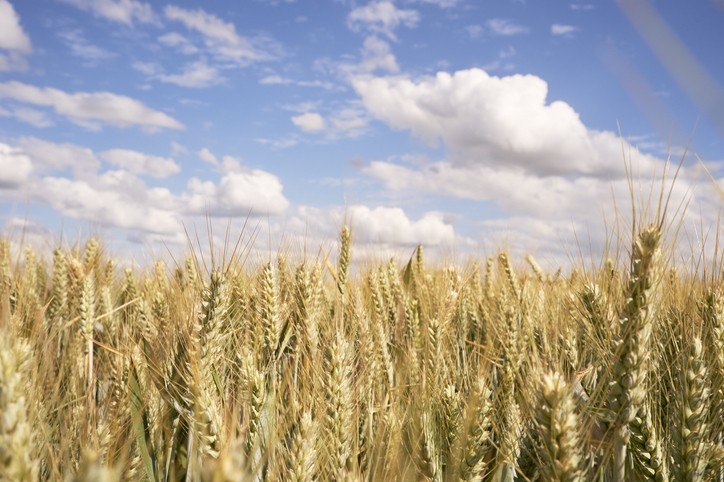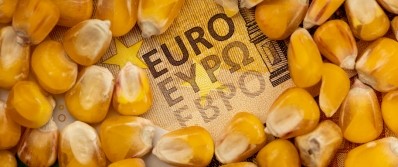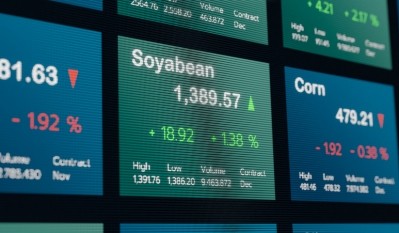Energy value of wheat comes out close to corn in meta-analysis

An umbrella review of global wheat research has shed new light on the nutrient content and digestibility of wheat and it co-products, resulting in updated guidelines that will enable nutritionists around the world to formulate animal diets with greater accuracy.
“Wheat is fed to swine and other livestock throughout the world and has been for decades. It is really important, therefore, to make sure that nutritionists and those purchasing ingredients have the most up-to-date information about nutrient content and digestibility, as diets are formulated on a digestible basis,” Joel DeRouchey, a professor, and swine specialist at Kansas State University, told FeedNavigator.
In the absence of a definitive summary of nutritional values for wheat and its co-products, in 2023 Kansas State University and Kansas Wheat formed a partnership to conduct a literature review.
“We knew there had been some really good research projects, so our goal was to bring together all the information that has been generated, particularly in the last ten years, in a larger summary for people in the industry to use,” DeRouchey explained.
The findings reflected not only advancements in nutrition science but also how wheat varieties have changed over time with genetic improvements, he said.
Wheat: no longer corn’s lower energy cousin
The top finding was that wheat provides 99% of the digestible energy of corn and 98% of the metabolizable energy of corn. Previous literature suggested that wheat contained 91-97% of the energy of corn.
“This really helps the economics of wheat; if there is more energy efficiency in the cereal grain, feed efficiency will be better than anticipated,” said DeRouchey.
“Also, when least cost formulating in parts of the world where there is access to corn, wheat and barley, it gives wheat a better opportunity of being cost effective and enables it to compete with other grains at a higher level because of those extra calories that it has relative to corn,” he added.
“Wheat is a higher protein product than corn, which has always been an advantage for wheat, but it was always viewed as a lower energy ingredient. I think these findings will challenge that perception.”
Co-products: dispelling discrepancies
The review has also clarified the nutrient profiles of the various wheat co-products - an area where there has historically been some confusion, according to DeRouchey.
Wheat co-products are produced from the flour milling industry and can include wheat bran, wheat middlings or ‘midds,’ wheat millrun, wheat shorts and wheat red dog. However, DeRouchey said that the first four of these terms are used interchangeably, even though the co-products are slightly different in their nutritional composition.
“The way in which the miller processes the wheat determines what category they fall into as it is about their residual starch content. If the mill does a really good job of separating the starch and the flour then it will be considered a bran, whereas if a higher level of starch is retained it becomes wheat shorts or red dog,” he explained.
The reason this is significant is that it enables swine producers and millers to value these co-products accurately both in monetary and nutritional terms, DeRouchey explained.
“This could lead to producers overpaying or overvaluing co-products in animal diets, or, in cases where the miller is calling it bran, but it is actually midds, the producer is getting the better deal,” he said.
However, he was keen to emphasize that this is more to do with educating millers on what they are producing and swine producers on what they are using than about cracking down on feed fraud.
“It’s not gross negligence on anyone’s part - it’s just understanding what the profiles are so millers and producers can communicate effectively,” he said.
Co-products boost pellet quality
The inclusion of wheat co-products in pellets was another area covered by the review and here, the main finding was that they improve pellet quality.
“The wheat co-products serve as a pellet binder, delivering an improvement in pellet quality as the pellet holds together better so there is less breakage and fewer fines are produced,” said DeRouchey.
The umbrella review will be published in the journal Translational Animal Science.














